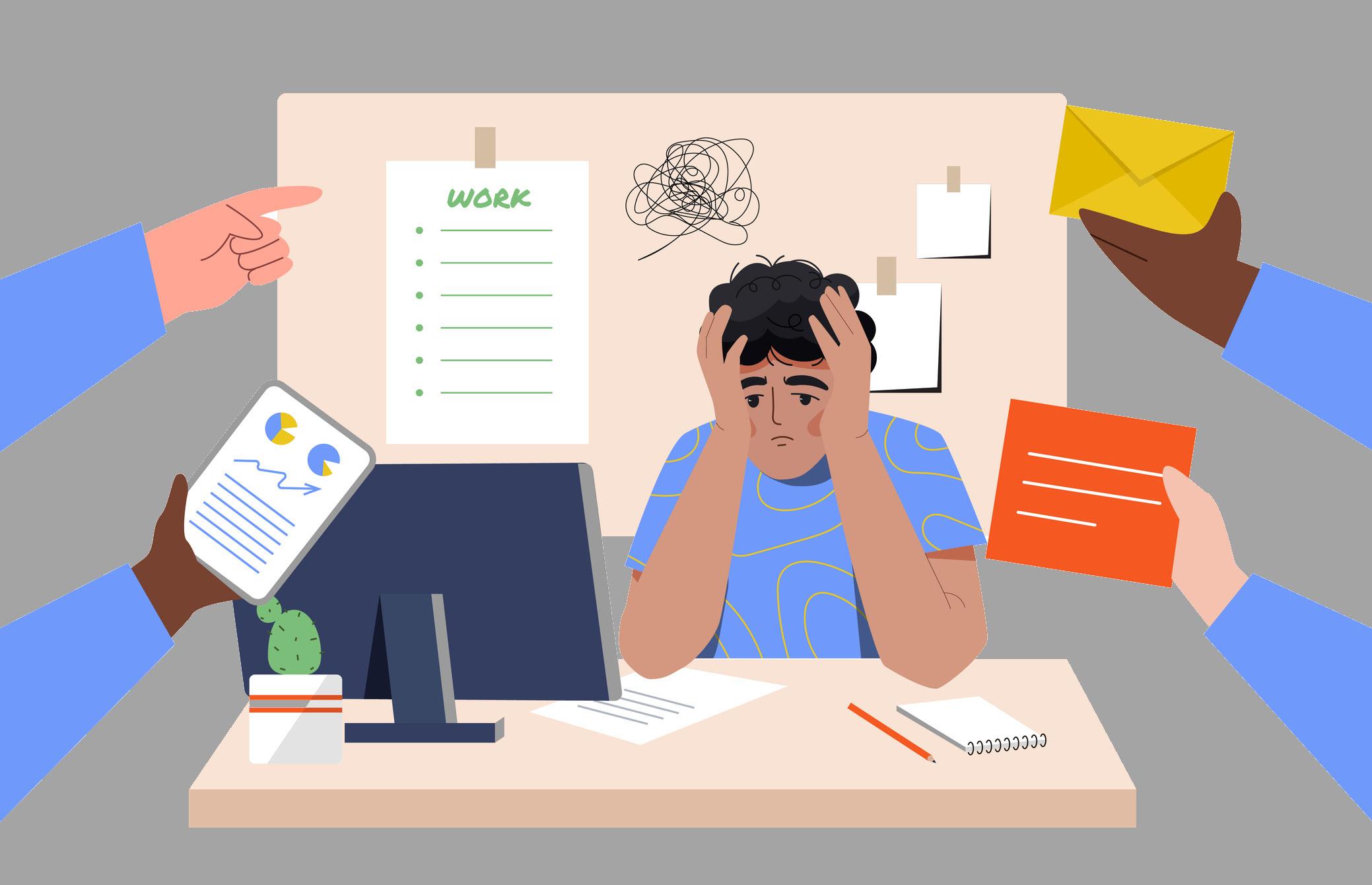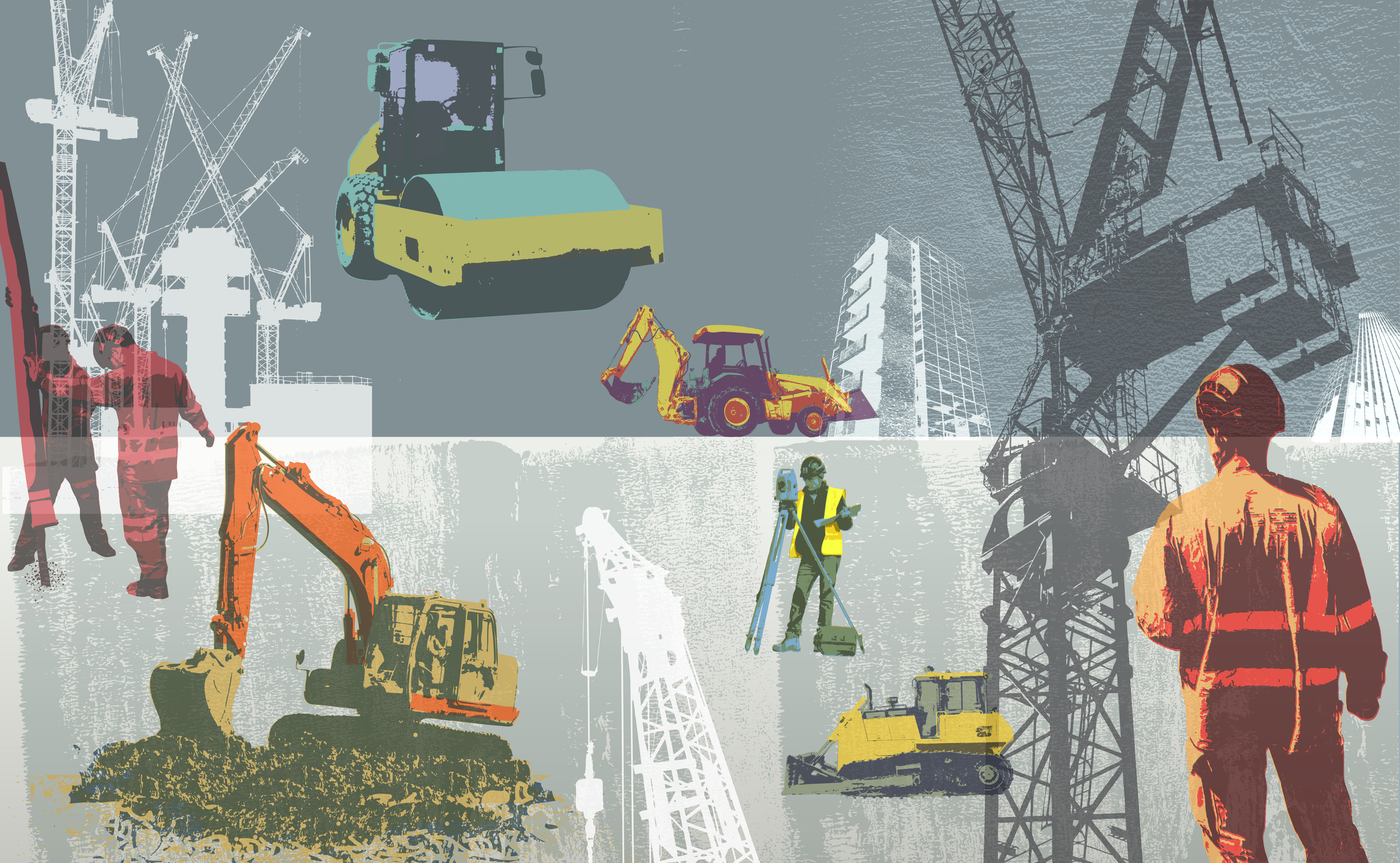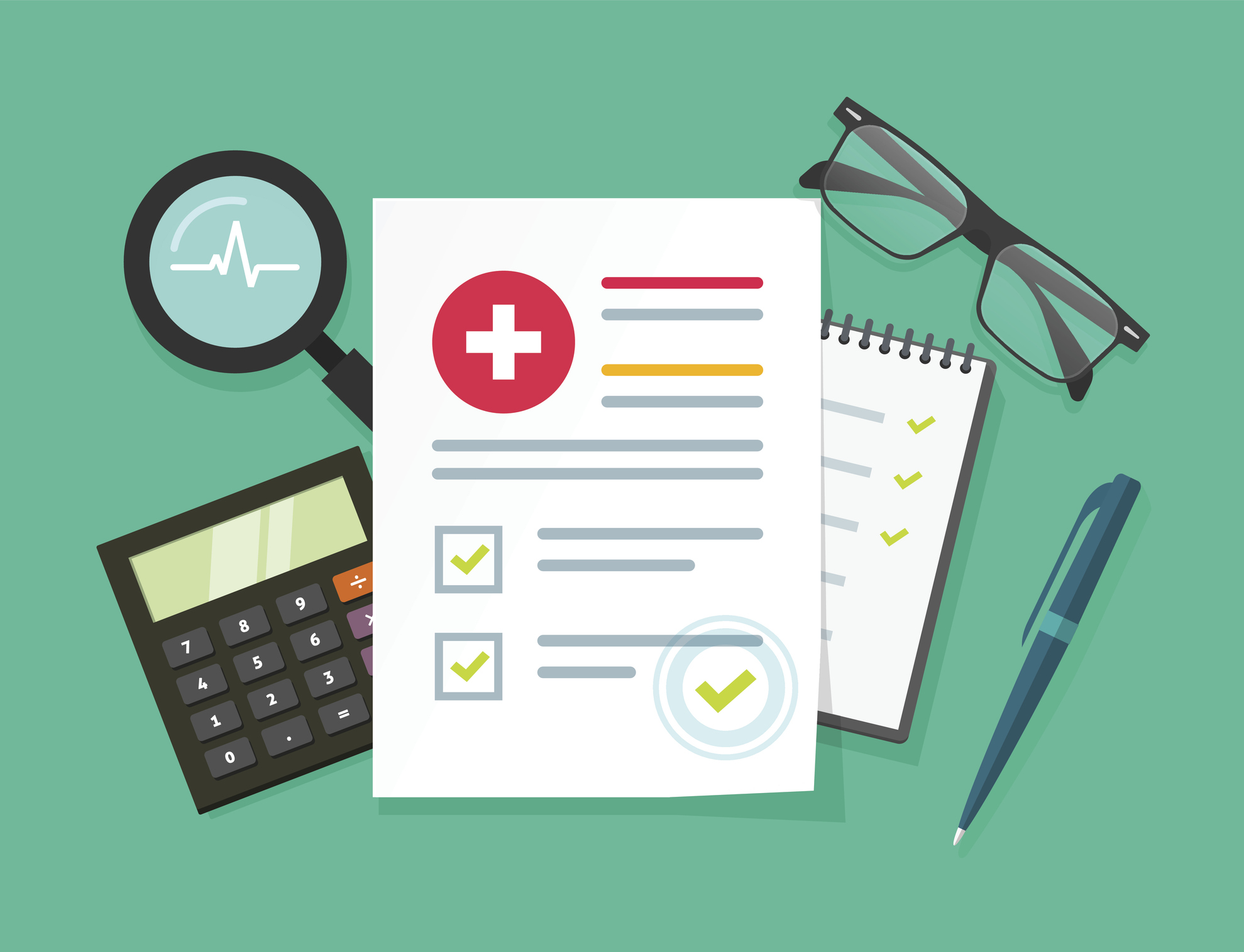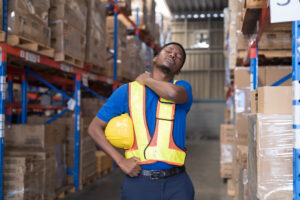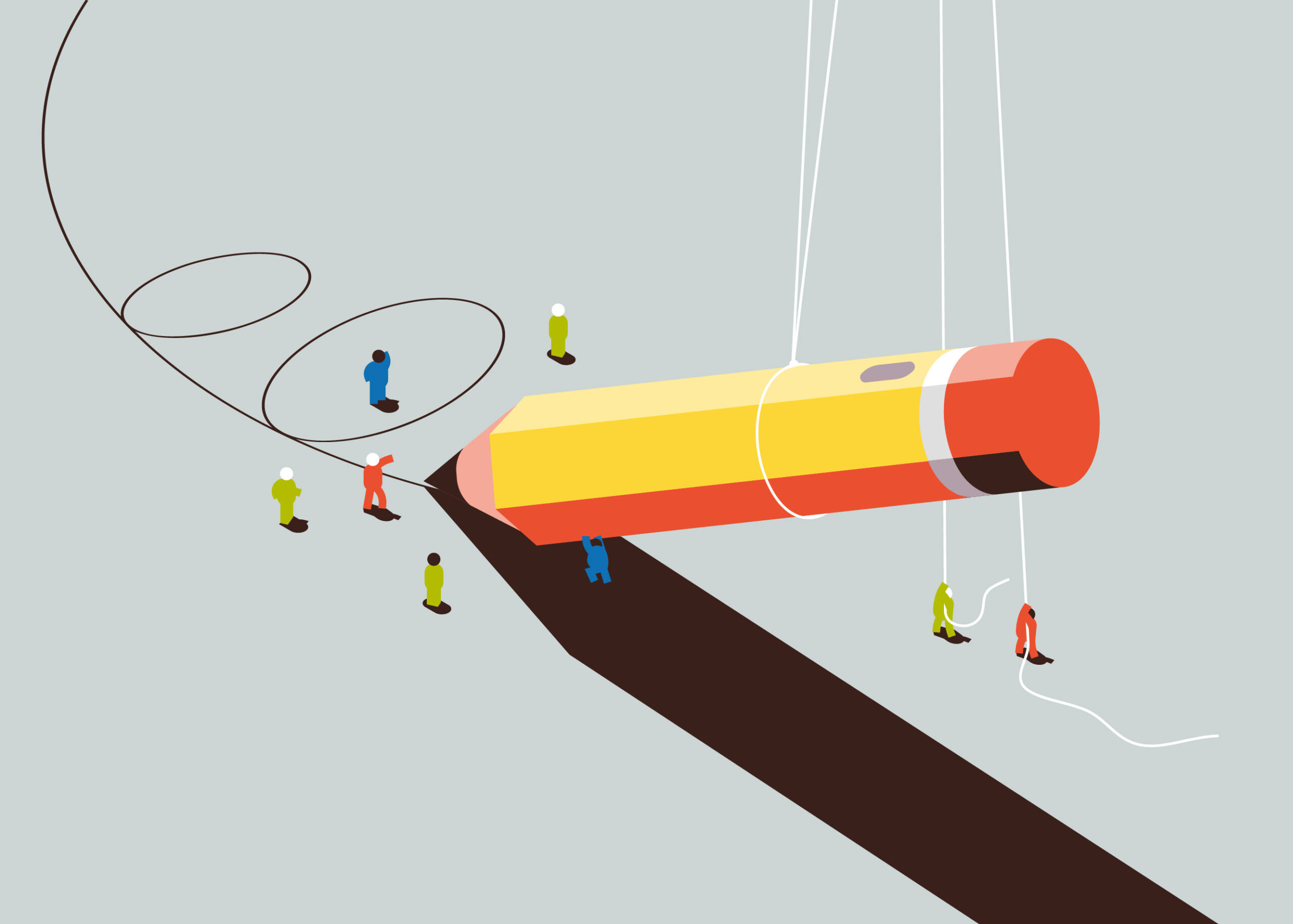High Stakes, Higher Standards: How Fleet Safety Mitigates Litigation Risks
Fleet safety is under growing scrutiny as litigation trends and jury attitudes continue to evolve. We explore how stronger auto liability policies, crash preparedness, and reconstruction practices can help protect both drivers and companies inside and outside the courtroom.
October 21, 2025

The stakes of fleet safety are higher than ever, with litigation trends in the U.S. accelerating at an alarming pace. Jury verdicts have grown 51.7% annually, compared with inflation at just 1.7%. So how can organizations combat the impact of nuclear verdicts? It starts outside of the courtroom.
“There are no silver bullets for preventing crashes, and it is more important than ever that organizations ensure their written programs and policies reflect real-world application,” said Vik Ramaswamy, Director of Risk Control at Safety National. “Organizations must also move beyond minimum compliance standards and utilize best practices both to prevent crashes and respond to them when they occur. Plaintiffs will subpoena and put these practices under a microscope if a crash litigation arise.”
Protecting your organization requires a proactive approach that goes beyond compliance, starting with clear, enforceable policies and extending through effective crash response and reconstruction practices.
Strengthening Your Fleet Policy
Specific sections and practices within a fleet policy may be more heavily scrutinized following a crash. This could include:
- Clear Scope and Authority – This section should define which driver populations the plan applies to, delineate administrative responsibilities, establish succession plans for drivers, and contemplate annual review for updates. As necessary, it may also cover requirements for hired/non-owned vehicles and specify insurance requirements and indemnification positions for third-party logistics (TPL) partners.
- Driver Qualification and Monitoring Technology – Continuous review of motor vehicle records (MVRs), road-facing cameras, maintenance of fit-for-duty requirements from the Department of Transportation (DOT) and Federal Motor Carrier Safety Administration (FMCSA) Clearing Houses, and electronic logging devices should be delineated clearly to process owners. Drivers found deviating from specified standards should have clear pathways for escalating discipline, with multiple avenues to maximize flexibility for operational leadership.
- Fleet Maintenance – Pre-trip inspections and daily vehicle inspection reports (DVIR) should be logged electronically where able, and if maintenance issues are found, they should be acted upon with immediacy and traceability.
A strong fleet policy may provide aspects of crash prevention and litigation defense, especially when exceeding the minimum requirements of the FMCSA.
Preparing for a Crash Investigation
After a crash, the first priority is always safety. Responding employees should call 911 immediately and work with first responders to ensure that medical attention can be rendered to anyone injured and document the scene. Responding employees should work with first responders to ensure vehicles are moved out of traffic, if possible, or wait in a safe location until help arrives. From there, employees should focus on accurate documentation, reporting the incident to company contacts, exchanging information with other parties, and collecting photos, videos, and witness statements. Remaining calm and professional is critical. Employees should state only the facts and avoid admitting fault or speculating about the cause. Organizations should regularly initiate role-based crash protocols to prepare drivers in the event of a crash.
Once safety and documentation are addressed, the company and insurance carrier must be notified promptly to ensure smooth claim processing. A structured reporting process, including crash response forms, helps protect the company and speeds resolution. Following the incident, an internal investigation should examine video evidence, conditions, and contributing factors to guide corrective actions, such as training. Just as important, employees should receive the medical care and emotional support they need, including HR coordination and legal assistance if necessary. This dual focus, on both protecting the company and supporting the employee, helps organizations respond effectively and responsibly to accidents.
Understanding a Crash Reconstruction
Crash reconstructions are often necessary when there is a fatality or suspected serious injury, based on the Model Minimum Uniform Crash Criteria of the National Highway and Transportation Safety Administration (NHTSA). Other triggers include crashes involving hazardous materials, complex or multi-party incidents, and potential criminal exposure such as vehicular manslaughter or driving under the influence (DUI). An appropriate crash reconstruction may deliver:
- Timeline and sequence – Paths, positions, impact configuration, and post-impact motion.
- Key quantities – Speeds, accelerations, braking/steering inputs, time/distance windows, visibility/sightlines.
- Derived causation analysis – Whether (and when) each factor contributed to the crash. This can include human elements (perception, reaction, impairment, distraction), vehicle elements (brakes, tires, event data recorder [EDR] info), and environment factors (road, signage, weather, lighting).
- Hypothesis testing – Evaluate competing scenarios with accepted methods, sensitivity analysis, and stated uncertainty.
- Courtroom-ready work product – Transparent methods (Federal Rule of Evidence [FRE] 702/Daubert standards), reproducible calculations, exhibits (scaled diagrams, 3D scenes, EDR/telematics plots), and expert testimony if needed.
- Prevention insights – Specific corrective actions for vehicles, training, routing, or infrastructure.
Organizations should consistently audit their fleet policies, implement continuous monitoring, and train drivers and fleet staff for both prevention and post-crash protocols.



